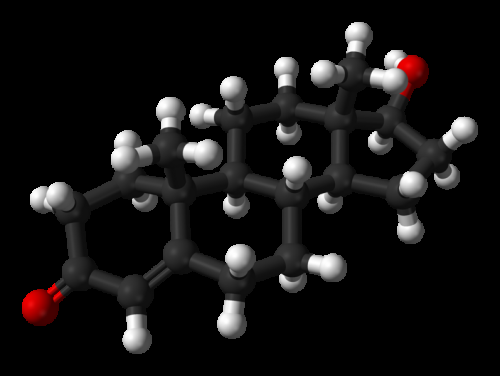New testosterone rule for female athletes 'risks setting an unscientific precedent'

New rules to curb high testosterone levels in female athletes with differences of sex development "risks setting an unscientific precedent for other cases of genetic advantage," warn experts in The BMJ today.
Writing in an editorial, Cara Tannenbaum at the University of Montreal and Sheree Bekker at the University of Bath argue that the medical profession "does not define biological sex or physical function by serum testosterone levels alone" and they say the regulations "challenge the evidence based, benevolent ethos that underlies medical practice."
The regulations, proposed by the International Association of Athletics Federations (IAAF) in 2018, state that women must have a blood testosterone level of 5 nmol/L or less at all times in order to compete.
They are based on the contention that women with high testosterone levels and androgen sensitivity have a performance advantage over their peers. If women are over this level, they are required to lower it with hormone treatment.
The South African runner, Mokgadi Caster Semenya, who won Olympic gold medals in 2012 and 2016—and was banned from international competitions for almost a year for having testosterone levels above the threshold—is contesting the legality of the new rule based on a lack of scientific evidence that testosterone levels substantially enhance sports performance.
As such, the IAAF has delayed implementation of the regulations until their legality is determined; this is expected on 26 March 2019.
Tannenbaum and Bekker argue that blood testosterone levels vary naturally in men and women, with particular overlap among elite track and field athletes.
They also point out that direct (causal) associations between testosterone levels and medal winning cannot be determined, and that proving androgen sensitivity in athletes "is also problematic since reproducible, valid laboratory tests to detect androgen sensitivity do not exist."
The paucity of reproducible scientific data on the effect of testosterone on speed during track and field events poses an additional challenge, they say.
"At their core, the 2018 regulations seek to identify athletes whose lifetime sex assignment as female—and gender identity as a girl or woman—does not match an imposed female serum testosterone level of 5 nmol/L or less," write Tannenbaum and Bekker.
"The effect of these policies on individuals, societies, and even medical science has far reaching implications," they say.
"If more science is needed to develop an objective measure of androgen sensitivity, then call for health research organisations to deliver on this mandate," they write. "In the meantime, complacence around the IAAF 2018 testosterone regulation for women with differences of sex development risks setting an unscientific precedent for other cases of genetic advantage."
More information: Editorial: Sex, gender, and sports, DOI: 10.1136/bmj.l1120 , www.bmj.com/content/364/bmj.l1120












.jpg)





